Cherries, those vibrant, jewel-toned fruits that dangle from branches like tiny ornaments, have captivated human palates and imaginations for millennia. With their delicate balance of sweetness and tartness, lush texture, and striking hues, cherries are more than just a seasonal treat—they are a cultural icon, a symbol of luxury, and a testament to the art of cultivation. This article explores the fascinating world of cherries, from their ancient origins to their modern-day culinary and cultural prominence.
A Historical Tapestry: Tracing the Roots of Cherries
The story of cherries begins in the fertile lands surrounding the Caspian and Black Seas, where wild cherry species thrived for centuries. Archaeological evidence suggests that humans began foraging these fruits as early as 3000 BCE. Ancient civilizations, including the Romans and Greeks, revered cherries not only for their flavor but also for their perceived medicinal properties. Pliny the Elder, a Roman naturalist, documented over 40 cherry varieties in his writings, highlighting their diversity even in antiquity.
Cherries’ journey westward began with the expansion of the Roman Empire, which spread the fruit across Europe. By the Middle Ages, cherries had become a staple in monastic gardens and noble estates, prized for their ornamental beauty and culinary versatility. The 17th century marked a turning point when French horticulturists began selectively breeding cherries, resulting in sweeter, larger varieties like the Bigarreau and Moreau. These cultivars laid the groundwork for the modern sweet cherry industry.
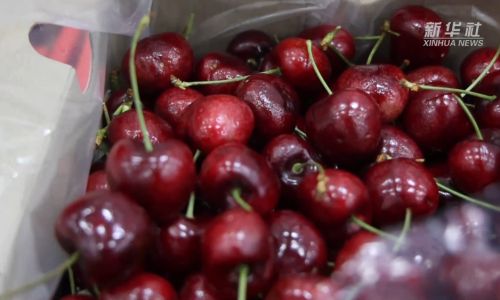
The Botany of Brilliance: Understanding Cherry Varieties
Cherries belong to the genus Prunus, which includes plums, peaches, and apricots. Within this genus, two primary species dominate global production: Prunus avium (sweet cherries) and Prunus cerasus (sour or tart cherries).
Sweet Cherries:
Sweet cherries, often enjoyed fresh, boast a spectrum of flavors and colors. The Bing cherry, named after a Chinese immigrant horticulturist in Oregon, is renowned for its heart-shaped form, deep red hue, and rich, sugary taste. Other popular sweet varieties include:
- Rainier: A golden-yellow cherry with a blush of red, prized for its delicate, honey-like sweetness.
- Lapins: A self-fertile variety with firm, dark-red fruit, ideal for shipping.
- Skeena: A large, dark-purple cherry with a robust, almost wine-like flavor.
Sour Cherries:
Sour cherries, less commonly eaten raw, are the stars of pies, jams, and preserves. The Montmorency cherry, native to France, dominates global sour cherry production. Its bright red skin and tart, tangy flesh make it a kitchen favorite. Other notable sour varieties include:
- Morello: A dark-red cherry with a sharp acidity, often used in liqueurs.
- Balaton: A Hungarian variety with a deeper color and milder tartness.
Cultivation: From Blossom to Bounty
Growing cherries is a delicate dance with nature. These deciduous trees thrive in temperate climates with distinct seasonal changes, requiring a period of winter chill to stimulate blooming. Cherry orchards demand well-drained soil, ample sunlight, and protection from late frosts, which can damage delicate blossoms.
The Life Cycle of a Cherry Tree:
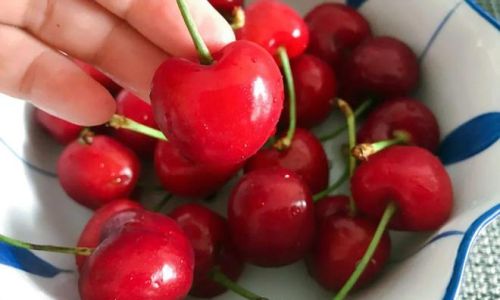
- Dormancy (Winter): Trees rest, conserving energy.
- Bloom (Spring): Delicate white or pink flowers emerge, attracting pollinators like bees.
- Fruit Set: Pollinated flowers develop into green cherries, which mature over 60–90 days.
- Harvest (Summer): Fruits are picked by hand or machine, depending on the variety and terrain.
Global Production Hubs:
- Turkey: The world’s leading cherry producer, with regions like Isparta renowned for their sweet cherries.
- United States: Washington State leads U.S. production, followed by California and Oregon.
- Chile: A major exporter during the Southern Hemisphere’s summer, supplying cherries to off-season markets.
Nutritional Powerhouse: Health Benefits of Cherries
Beyond their decadent flavor, cherries pack a nutritional punch. A 1-cup serving of sweet cherries provides:
- Vitamin C: 25% of the Daily Value (DV), boosting immunity and skin health.
- Fiber: 3 grams, aiding digestion and satiety.
- Potassium: 342 mg, supporting heart and muscle function.
Sour cherries, in particular, are rich in antioxidants like anthocyanins, which combat inflammation and oxidative stress. Studies suggest that regular consumption may:
- Reduce muscle soreness post-exercise.
- Improve sleep quality (due to natural melatonin content).
- Alleviate symptoms of arthritis and gout.
Culinary Versatility: From Desserts to Savory Dishes
Cherries’ culinary applications are as vast as their flavors.
Sweet Applications:
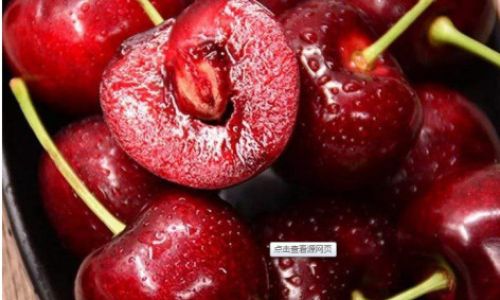
- Desserts: Pies, tarts, clafoutis, and ice creams.
- Preserves: Jams, jellies, and cherry compote.
- Confections: Cherry-filled chocolates and maraschino cherries.
Savory Uses:
- Sauces: Paired with game meats like duck or venison.
- Salads: Combined with greens, nuts, and cheese.
- Beverages: Cherry liqueurs, sodas, and cocktails (e.g., the classic Manhattan with a maraschino garnish).
Preservation Techniques:
- Freezing: Retains flavor for up to a year.
- Drying: Transforms cherries into chewy, concentrated treats.
- Fermenting: Creates tart cherry wine or vinegar.
Cultural Symbolism: Cherries in Art, Literature, and Tradition
Cherries have long symbolized fleeting beauty, renewal, and sensuality. In Japanese culture, sakura (cherry blossoms) represent the transient nature of life, celebrated annually during the Hanami festival. Shakespeare referenced cherries in Romeo and Juliet, using them as a metaphor for forbidden love.
Modern pop culture has also embraced cherries, from the iconic cherry logo on Chevrolet cars to the phrase “life’s a bowl of cherries,” implying simplicity and joy.
Challenges and Innovations in Cherry Production
Despite their popularity, cherry farmers face significant hurdles. Climate change threatens traditional growing regions, with unpredictable frosts and droughts disrupting harvests. Pests like the spotted wing drosophila and diseases such as brown rot require vigilant management.
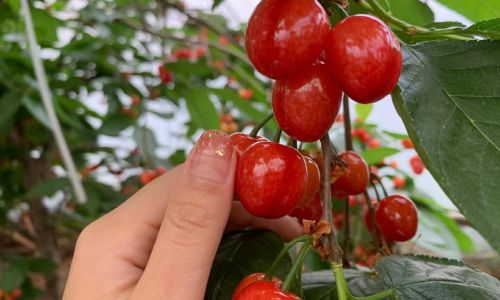
Innovations in breeding, such as developing dwarf rootstocks for smaller gardens and disease-resistant varieties, are helping farmers adapt. Controlled atmosphere storage and advanced shipping technologies now allow cherries to reach global markets in pristine condition.
Conclusion: The Enduring Legacy of Cherries
From ancient orchards to modern supermarkets, cherries remain a beloved symbol of summer’s bounty. Their journey through history, geography, and culture reflects humanity’s enduring fascination with beauty, flavor, and the pursuit of perfection. Whether enjoyed fresh, preserved, or celebrated in festival, cherries remind us that even the smallest fruits can carry profound significance.
As we savor each bite, we participate in a tradition that spans continents and centuries—a testament to the timeless allure of the cherry.
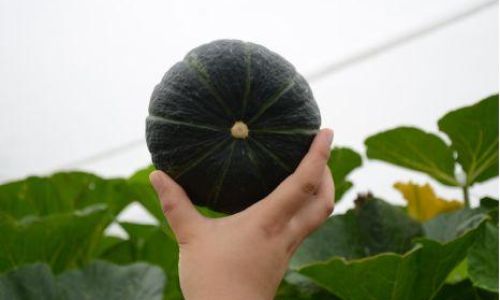

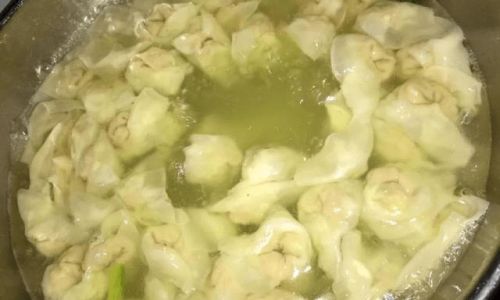

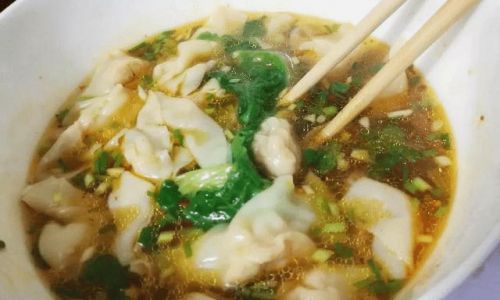
0 comments